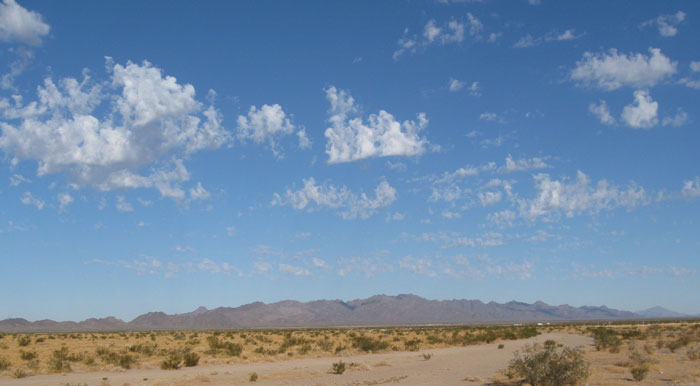^McCoy Mountains from the Blythe Airport.
September 2010 Site Visit
The project will impair the biological integrity of the lower Colorado Desert bioregion.
This quote comes from the Final Environmental Impact Statement for the Blythe Solar Power Plant in the Affected Environment section:
"The site is located within the within the Palo Verde Mesa of the Sonoran Desert region of southeastern California, an alluvial-filled basin that is bounded by the Mojave Desert to the north and by the McCoy Mountains, Little Maria Mountains, and Big Maria Mountains to the west, northwest, and northeast, respectively, extending southwest to the Palo Verde Mountains. The Palo Verde Mesa is bounded by the Palo Verde Valley to the east, which is generally formed by flood plain deposits of the Colorado River. The unique position of the region at the junction with the Neotropic ecozone to the south contributes to the presence of a number of rare and endemic plants and vegetation communities specially adapted to this bi-modal rainfall pattern, and not found elsewhere in California. These include microphyll woodlands, palm oases, and a number of summer annuals that only germinate after a significant warm summer rain. Although the region supports numerous perennial species, including a wide variety of cacti, more than half of the region's plant species are herbaceous annuals, which reveal themselves only during years of suitable precipitation and temperature conditions."
Over 7,000 acres of Desert tortoise (Gopherus agassizii) habitat will be forever lost.
The project will impact over 50 acres of Mojave fringe-toed lizard (Uma scoparia) habitat.
The McCoy Mountains and have supported historic Desert bighorn sheep (Ovis canadensis) populations and represent a recovery and connectivity potential for the species.
Habitat for several rare plants will be removed including the Harwood’s milk-vetch (Astragalus insularis var. harwoodii).
Microphyll woodlands (small leaved tree communities adapted to arid deserts) should be preserved as they are crucial in maintaining healthy ecosystem function in the Colorado Desert. Between 2,000 and 4,000 acres of this woodland will be destroyed. The photos below are from our site visit.

^Blue palo verde (Parkinsonia florida) and Big galleta grass (Pleuraphis rigida).
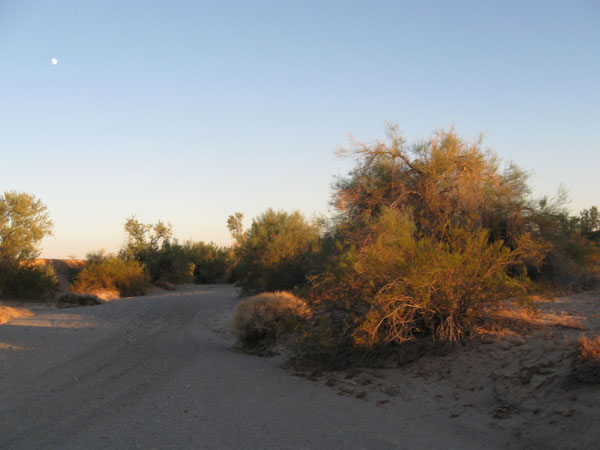
^Wash through microphyll woodland.
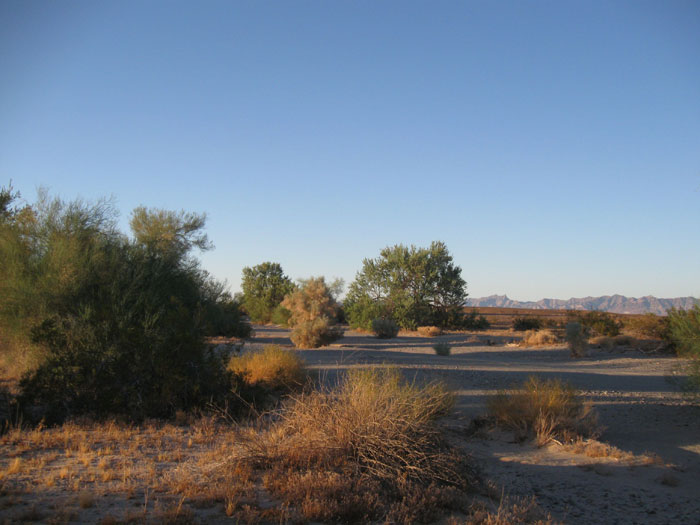
^Palo verde and Ironwood (Olneya tesota) on the project site.
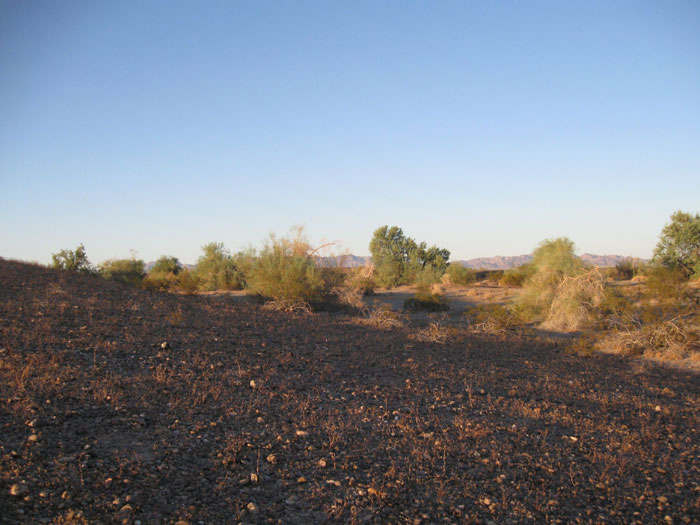
^Desert pavement meets microphyll woodland wash.
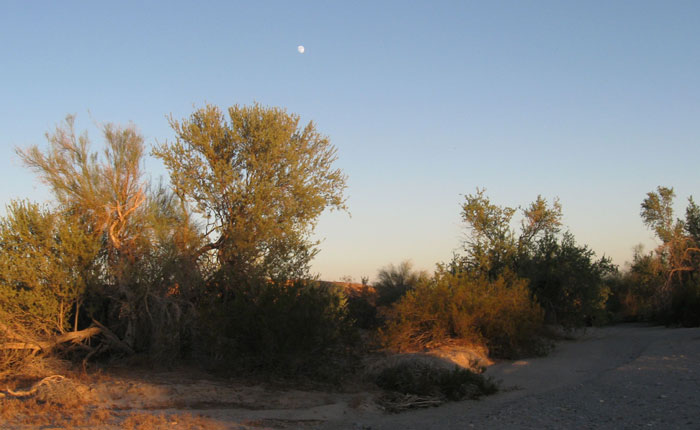
^Ironwood, palo verde, and the Moon.
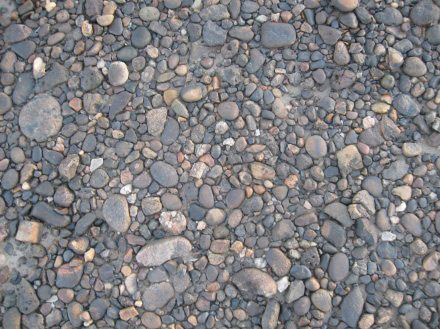
^Rounded gravel forming a desert pavement, on an ancient Pleistocene terrace of the Colorado River.

^Cairn on desert pavement, not analyzed by the California Energy Commission or Bureau of Land Management.
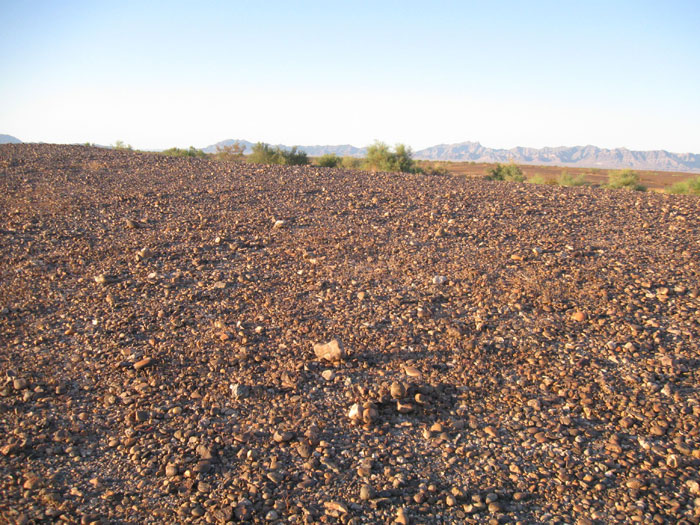
^Small rock cairns on desert pavement.
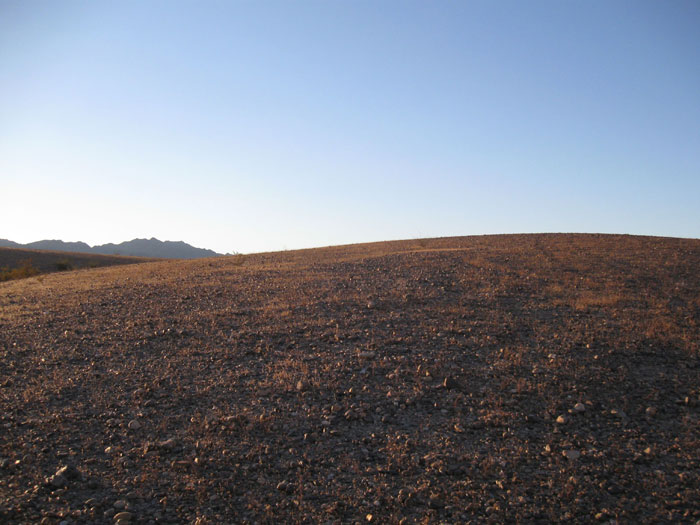
^Desert pavement hills.
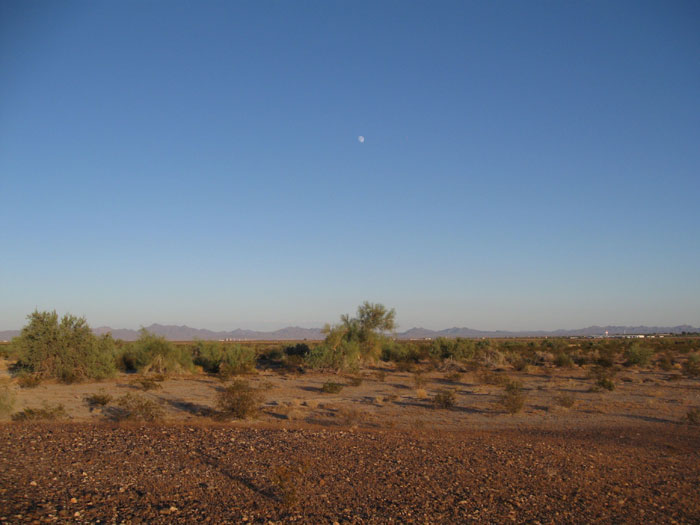
^Desert pavement meets a wash, with Blythe in the distance, and Arizona beyond the Colorado River Valley.
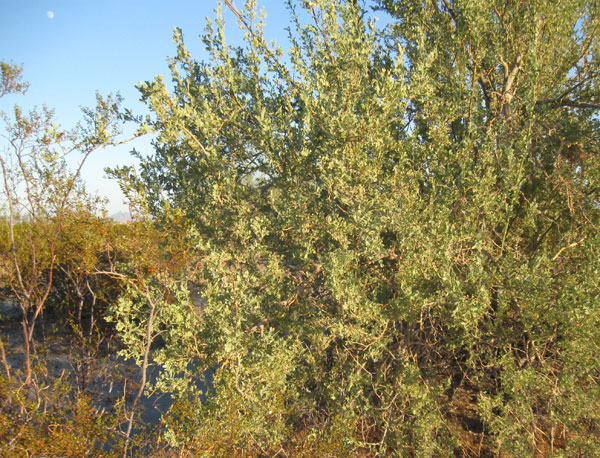
^Leafy Ironwood tree on the project site.
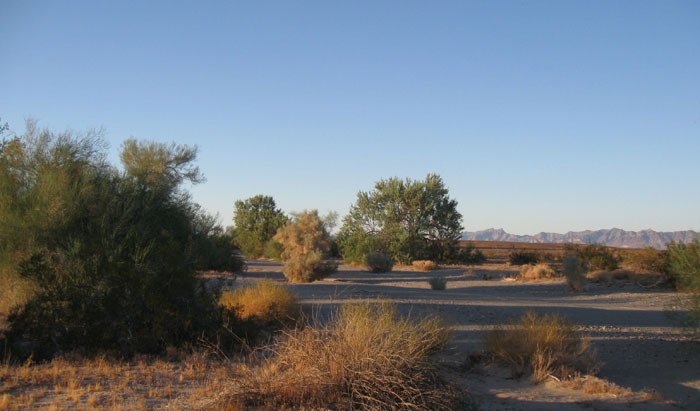
^Microphyll woodland of Palo verde and Ironwood.

^Big Maria Mountains in the distance, from the project area.
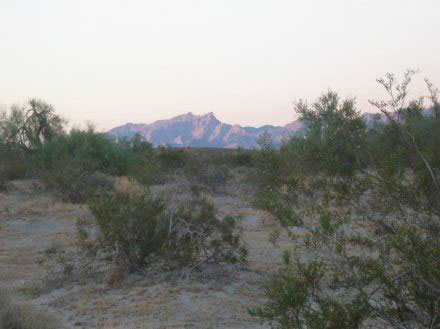
^Green Creosote (Larrea tridentata) from summer rains.

^Smoke tree (Psorothamnus spinosus).
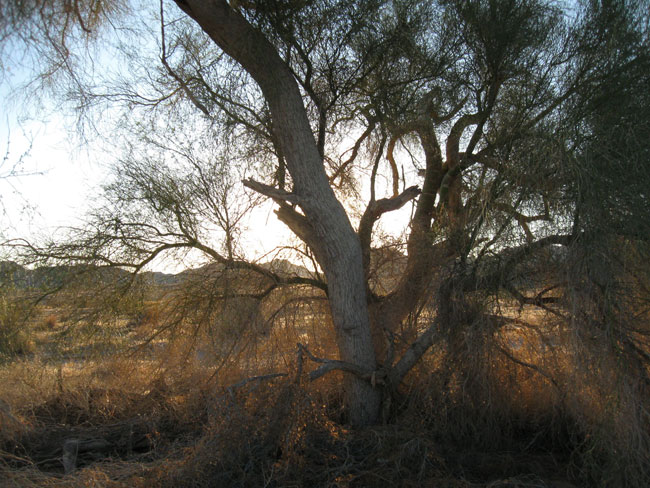
^Palo verde tree on the project site.

Ironwoods at sunset.

^Palo verde.

^Palo verdes.
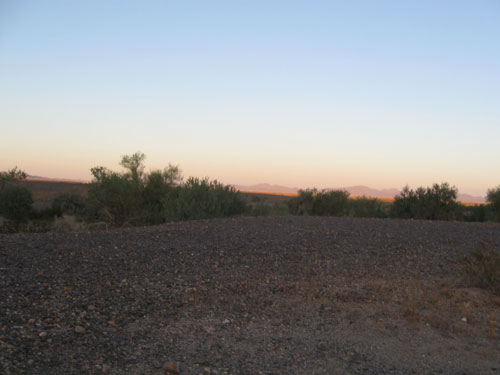
^Sunset colors.

^Panorama on the project site.
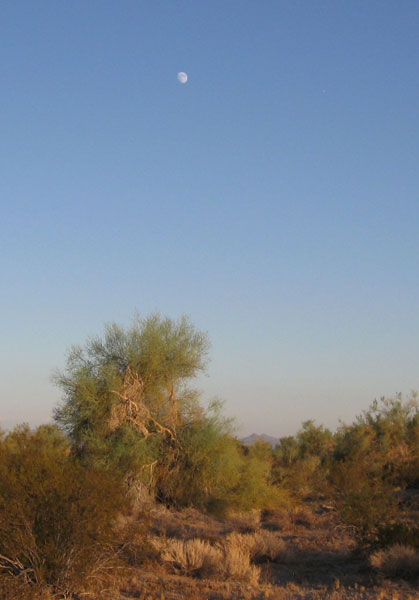
^Palo verde, Creosote.

^Large woody debris from the microphyll woodland.

^Desert ironwood.

^Desert pavement.
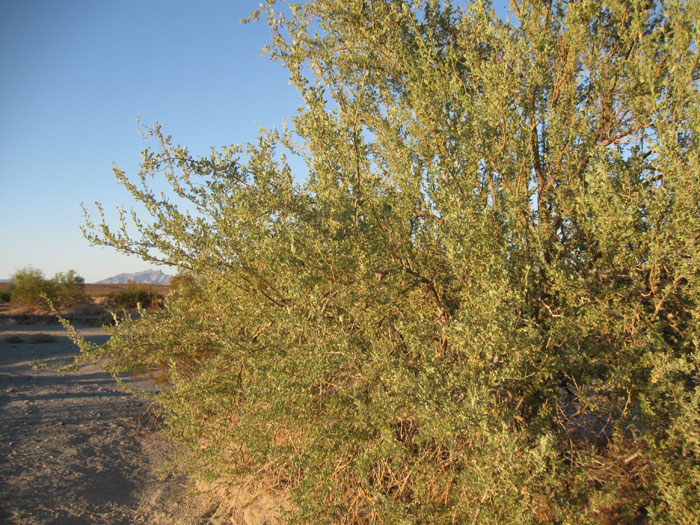
^Ironwood.
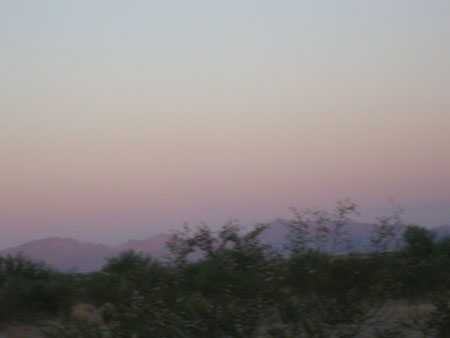
^Dusk.
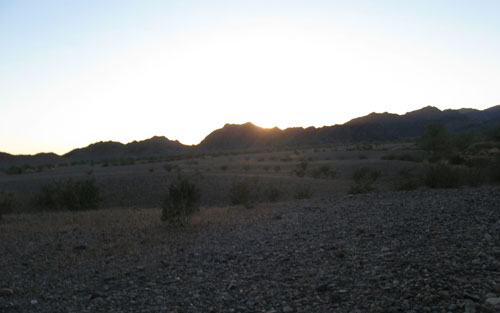
^Sunset.
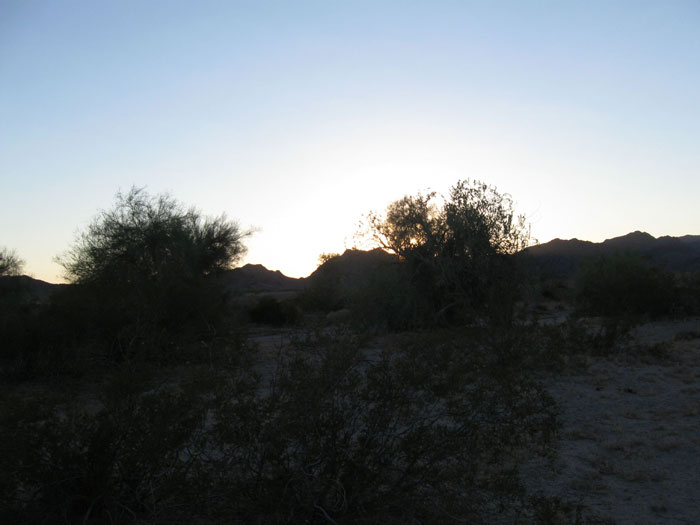
^Sunset in wash woodlands.
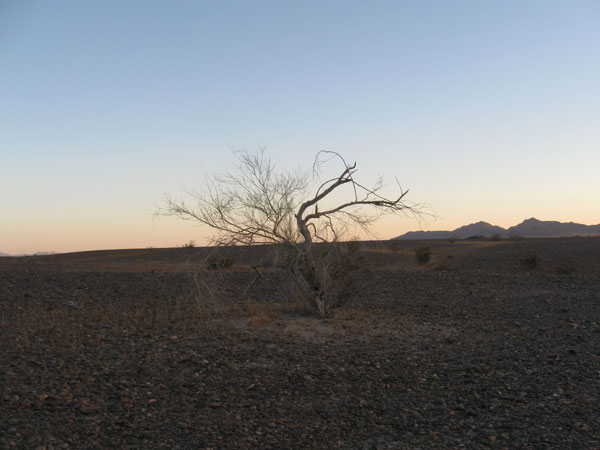
^A lone small Palo verde tree on desert pavement at sunset.

^Project site panorama with Creosote and Big galleta grass.

^Palo verde.

^Sunset on the Palo Verde Mesa, solar project site.
